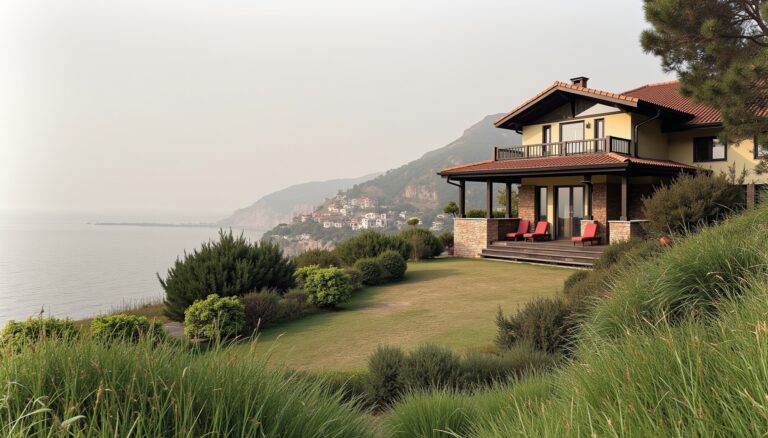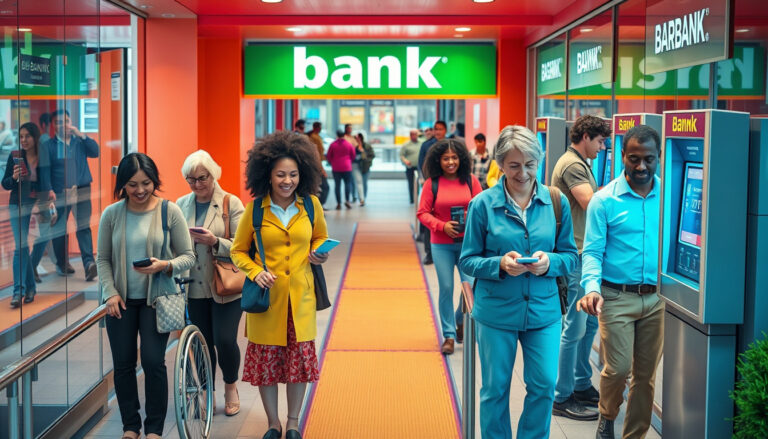In a world increasingly affected by unpredictable weather patterns and extreme storms, the real estate landscape is evolving to prioritize safety and sustainability.
Storm resistant properties are emerging as a vital solution tailored to withstand nature’s fury.
This article delves into the nuances of these robust buildings, emphasizing their importance, key features, and the multitude of benefits they offer to homeowners, communities, and the environment.
 Storm Resistant Properties‘ style=’display: block; margin: auto; max-width: 100%; height: auto;’>
Storm Resistant Properties‘ style=’display: block; margin: auto; max-width: 100%; height: auto;’>
Key Takeaways
- Storm resistant properties are designed to withstand severe weather events, ensuring safety and longevity.
- Building resilience in communities is crucial to minimize damage and improve recovery after storms.
- Key features of storm resistant properties include reinforced structures, impact-resistant windows, and elevated foundations.
- Homeowners benefit from storm resistant properties through reduced insurance costs and increased property value.
- Sustainable design practices in storm resistant properties can also mitigate environmental impact and promote ecological balance.
Understanding Storm Resistant Properties
When considering the purchase of real estate in Costa Rica, one important aspect to factor in is the concept of storm resistant properties.
Given the country’s tropical climate, properties that can withstand extreme weather conditions are not just a smart investment but also a crucial safety measure.
Storm resistant properties are often designed with specific features, such as reinforced structures, impact-resistant windows, and elevated foundations that make them more capable of withstanding heavy rains and high winds.
Understanding these features can help potential buyers assess which properties will provide durability and peace of mind during the storm season.
Additionally, choosing storm resistant properties can often lead to lower insurance premiums and increased property value, making them an attractive option for both personal residences and investment opportunities.
The Importance of Building Resilience
In the face of increasingly severe weather patterns, the importance of building resilience in real estate cannot be overstated, particularly when it comes to storm resistant properties.
Properties designed to withstand extreme weather events not only offer safety and peace of mind to homeowners but also contribute to overall community resilience.
In coastal regions where storms and hurricanes can wreak havoc, investing in storm resistant properties can significantly reduce damage and repair costs, while also enhancing property values over time.
This proactive approach not only protects investments but also fosters a culture of preparedness and sustainability in the real estate market.
By prioritizing features that bolster durability and safety, prospective buyers can ensure their homes remain a safe haven, even in the face of nature’s fury.
‘The best way to predict the future is to create it.’ – Peter Drucker

Environmental Impact and Sustainability
When considering investment in Costa Rica real estate, it’s essential to evaluate not only the aesthetic appeal and value of a property but also its environmental impact and sustainability.
The region is prone to natural phenomena like heavy rains and tropical storms, which has led to a burgeoning interest in storm resistant properties.
These specially designed homes utilize advanced building materials and techniques to withstand the harsh weather conditions that can occur.
By focusing on sustainable construction practices, such as using local materials, integrating energy-efficient systems, and maintaining the natural landscape, developers are not only increasing the resilience of their properties but also ensuring they are environmentally friendly.
This dual focus on durability and sustainability makes storm resistant properties particularly attractive to eco-conscious buyers in the Costa Rica real estate market.
Future Trends in Storm Resistant Design
As climate change continues to influence weather patterns, the demand for storm resistant properties is on the rise, setting the stage for future trends in storm-resistant design.
Innovators in the real estate sector are increasingly focused on creating homes and buildings that can withstand severe weather events such as hurricanes, floods, and heavy rainfall.
This includes utilizing advanced materials like hurricane-rated windows, impact-resistant roofing, and elevated structures that minimize flood risk.
Additionally, integrating sustainable practices by leveraging renewable energy sources not only enhances the resilience of storm resistant properties but also promotes environmental stewardship.
Future designs may also incorporate smart technology, such as automated storm shutters and weather monitoring systems, ensuring that homeowners can respond swiftly to impending weather threats.
As insurance costs skyrocket for properties in high-risk areas, investing in storm resistant properties is becoming a necessity, making this an exciting time for both developers and buyers in the real estate market.
By embracing these trends, homeowners can safeguard their investments while also contributing to safer, more sustainable communities.
Frequently Asked Questions
What are storm resistant properties?
Storm resistant properties are buildings designed to withstand severe weather conditions such as hurricanes, tornadoes, and floods.
They incorporate specific materials, construction techniques, and architectural features that enhance their durability and safety during storms.
Why are storm resistant properties important?
Storm resistant properties are crucial as they help minimize damage to homes and infrastructure during extreme weather events, reducing repair costs and increasing safety for occupants.
They also contribute to building community resilience against climate change-related weather patterns.
What key features should I look for in a storm resistant property?
Key features of storm resistant properties include reinforced structures, impact-resistant windows, elevated foundations, flood barriers, and roofing materials designed to endure high winds.
Proper drainage systems and landscaping can also mitigate stormwater runoff.
How do storm resistant properties benefit homeowners and communities?
Homeowners with storm resistant properties often face lower insurance premiums, reduced repair costs after a storm, and increased property values.
For communities, these properties can lead to lower emergency response costs and a quicker recovery process following disasters.
What are the future trends in storm resistant design?
Future trends in storm resistant design include the integration of smart technology for real-time weather monitoring, the use of sustainable materials, and increased emphasis on green infrastructure that mitigates environmental impacts while enhancing resilience.





